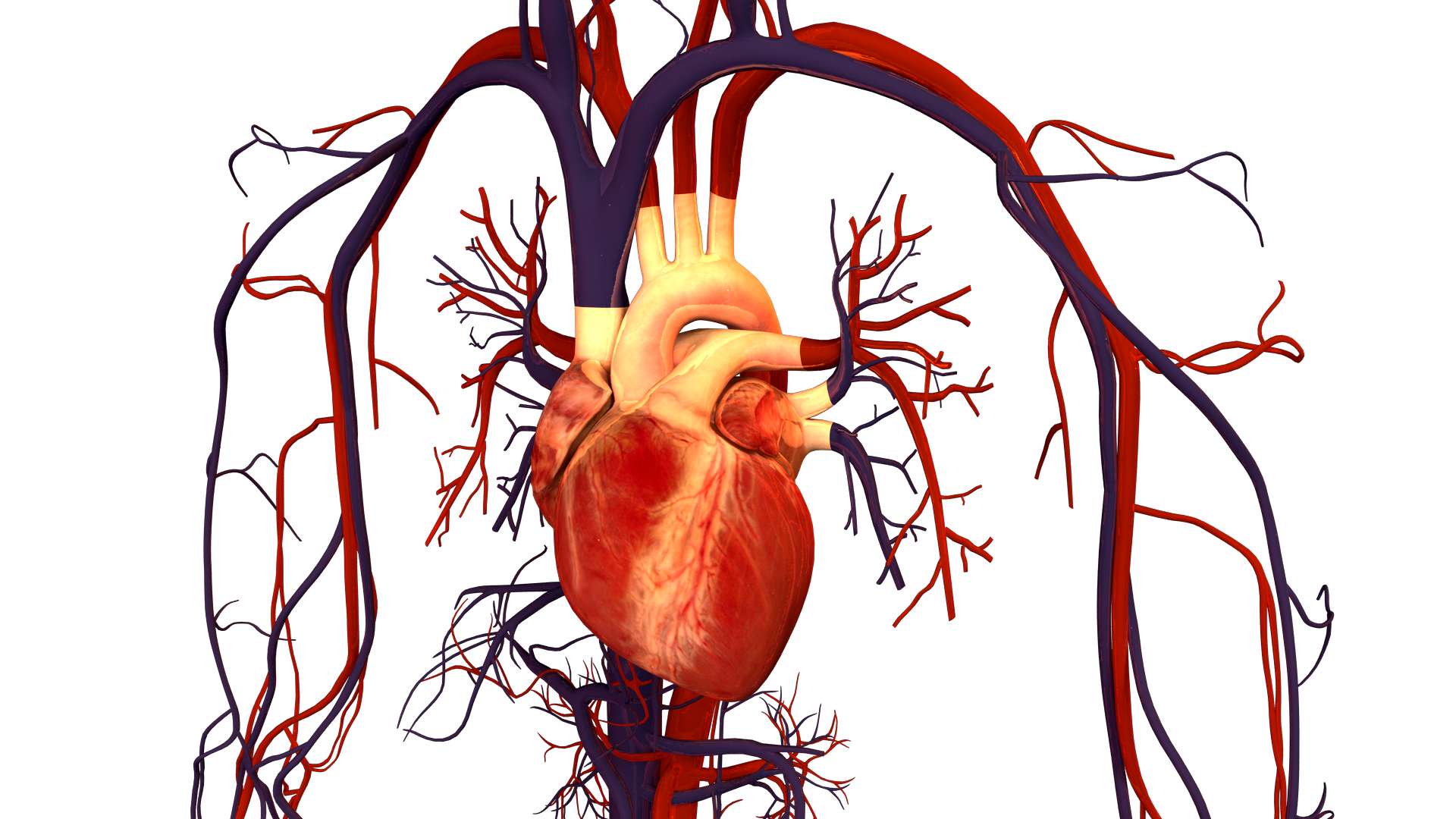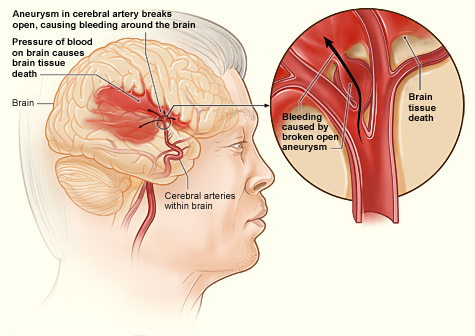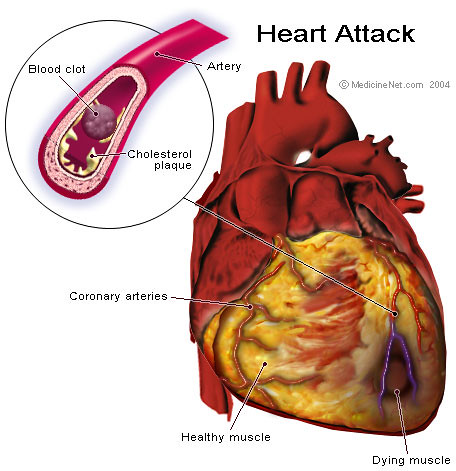Themes and Essential Understandings
This unit is basically about the importance of cardiovascular health, and aspects of its parts that help it carry out its various functions. The cardiovascular system first starts off with the heart, which pumps blood throughout the body to transport oxygen. Entering through the superior and inferior vena cava to pass through the right atrium and tricuspid valve to the right ventricle, deoxygenated blood makes its way finally out of the heart through the pulmonary artery to the lungs to pick up more oxygen. On its way back to the parts of the body that need it, the reinvigorated blood travels from the pulmonary veins to the left atria, and passes through the bicuspid valve to go into the left ventricle, where it then exits through the aortic valve and aorta to go to other places in the body.
 |
| Brandenburg, Bryan. Human Heart and Circulatory System. Digital image. Wikipedia. N.p., 18 Jan. 2013. Web. 8 Nov. 2016. |
A related system is the respiratory system, where air enters through the nose and mouth to travel down to the lungs, where the bronchus branches out into various bronchioles that later transition into being alveoli that exchanges carbon dioxide with oxygen. Cardiovascular health is the ability for the heart and blood vessels to work efficiently in transporting needed materials, so that the body's processes of consuming oxygen and defending against foreign invaders are not inhibited. Heart disease and stroke are often caused by unhealthy diets with too much sodium and unrestricted carbohydrates and alcohol, as well as a lack of exercise and obesity.
 |
| National Heart Lung and Blood Institute. Stroke Hemorrhagic. Digital image. Wikipedia. N.p., 12 Nov. 2013. Web. 8 Nov. 2016. |
 |
| Gandhi, Ravindra. Heart Attack Anatomy. Digital image. Flickr. N.p., 11 May 2007. Web. 8 Nov. 2016. |
Atherosclerosis, which is the depositing of plaque on the walls of blood vessels, is a precursor to both strokes and heart attacks and strokes, and is often caused by the ingestion of too much LDL and not enough HDL. This can cause problems when the plaque inside blood vessels blocks blood flow, or breaks off and gets stuck faster down the vessel where it is thinner. To promote my own cardiovascular health, I could exercise more each day, as well as eating foods richer in HDL and cutting down on my LDL intake. Additionally, I could check if there is a history of heart disease within my family, to be more aware of the risks that I could have. I wish to learn more about why men and older people are more likely to have high blood pressure, and whether that is due to anatomical differences or just the general lifestyles of that demographic.
Strengths/Weaknesses
During this unit, some of my strengths were being more responsible when doing homework and being able to say that I did my best work when it was being checked off. Again, however, I was not as diligent with my studying and was unable to properly space out my studying, so this will definitely be a point of focus for me for the rest of the semester. I think in terms of working with others, I definitely was able to gain a lot more insight into certain ideas, as well as absorbing the enthusiasm and knowledge of some of my group mates. One thing that I am still unsure about is the specific functions of the different white blood cells, as well as the specific functions and workings of the parasympathetic and sympathetic systems.



No comments:
Post a Comment